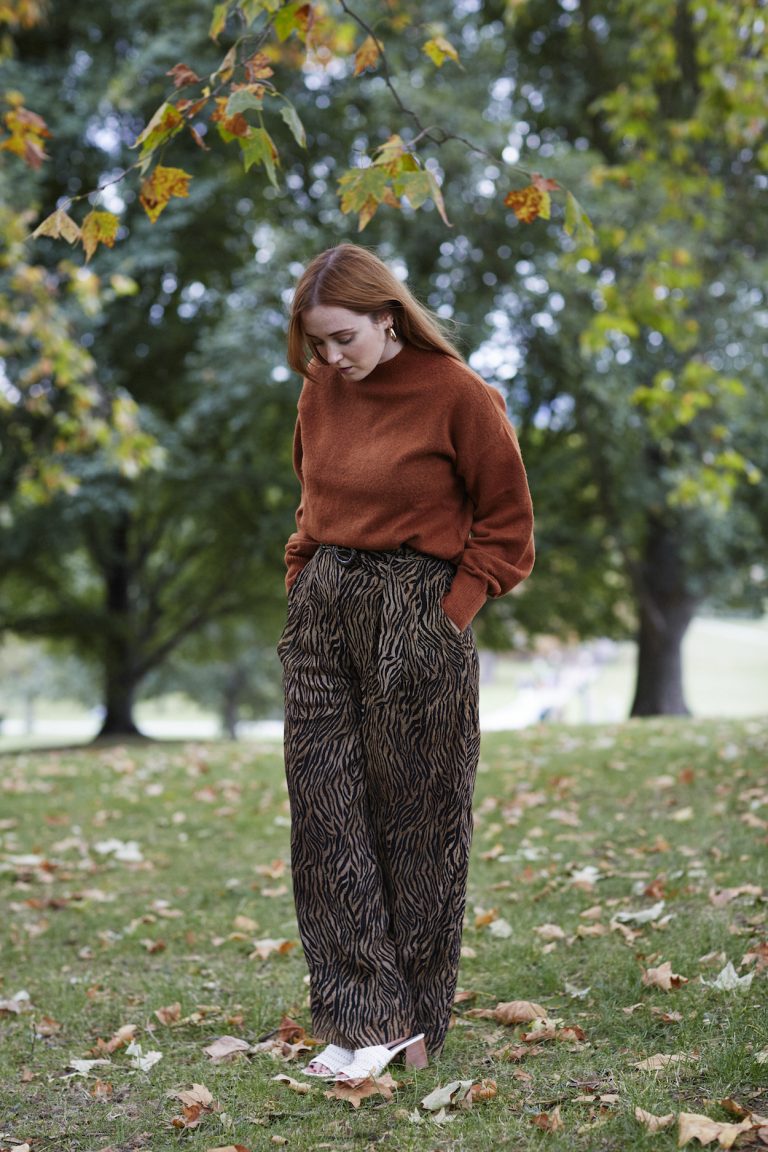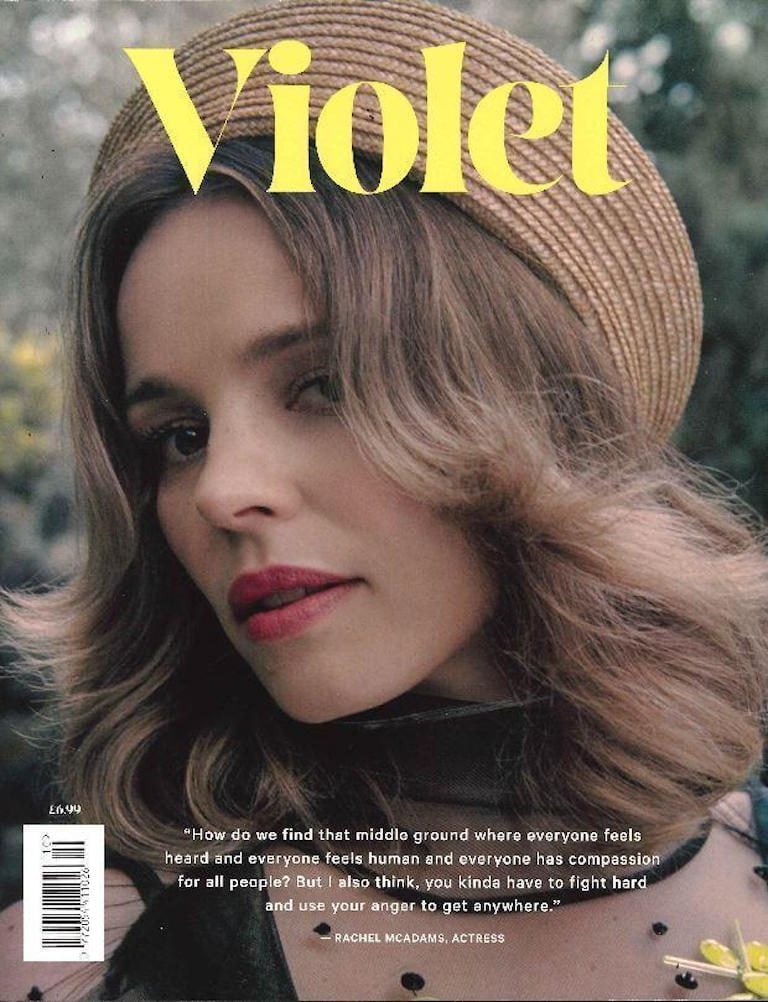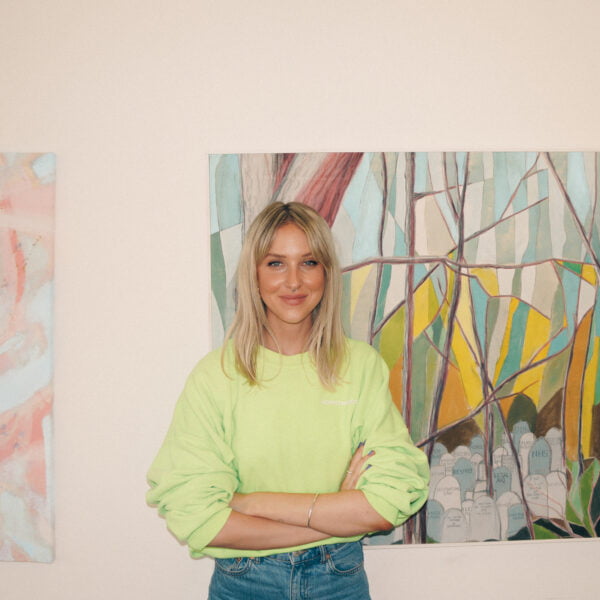
Natasha Collie
Senior Brand Marketing Manager at Penguin Random House UK
At the start of the year, Ladybird Books approached Sonder & Tell with a dream brief. In 2021, a year that’s been particularly challenging for...
In conversation with
Digital Editor at Topshop

Almost every young woman in the UK has a relationship with Topshop. Buying clothes or following trends from the high street giant has become something of a rite of passage. But how does a brand like this communicate with their audience – especially when that audience is innovative, resilient and woke, quick to champion what they like and cancel what they don’t?
According to Alicia Walters, Digital Editor at Topshop, the secret is not sticking to fashion. “What I love about fashion is that it exists at the heart of so many different disciplines,” she says. “The range of content on the blog really tries to reflect the idea that people who are interested in fashion are also interested in culture”.
I remember being blown away by Mary Shelley’s Frankenstein the first time I read it in my early teens. The fact that a 19 year-old came up with such a masterpiece, something that speaks to technological and cultural anxieties even today, was pretty revelatory.

I think reading a good piece of fashion writing is like hearing ideas you’ve always secretly held or something you’ve experienced but thought too embarrassing or trivial told back to you honestly and matter-of-factly. It’s that element of truthfulness that makes fashion writing fully realised. I also think that the strongest pieces go beyond fashion – the ones that start off ostensibly about particular items of clothing or a key trend, but journey through personal stories, arts, culture, the wider world along the way.
I never really set out to work for a brand when I first got into fashion. I always thought that writing for a publication without the commercial priorities inherent in working for a brand was the dream. But, actually, those commercial imperatives are what make my job so interesting. On the brand side of things you have to really interrogate your story to avoid it coming across as a hard sell. So, what is it about a certain product or trend that makes it relevant now? What’s different about it from last season? How does it fit into the customer’s day-to-day life? How does the story play out across different marketing channels? It’s no good just publishing a load of stunning editorial shots; there has to be a story alongside them that answers those questions to ensure they have meaning.
“Who is your reader? Who do you want them to be? What are they into? Once you have a clear set of answers to those questions, the content will just flow a lot more easily.”
What are your goals? What you are trying to achieve? And what does success look like? Is it about driving revenue, strengthening your brand reputation, increasing your audience base and encouraging its loyalty or attracting a different set of readers altogether? Personally, I think the questions around audience are the most important. Who is your reader? Who do you want them to be? What are they into? Once you have a clear set of answers to those questions, the content will just flow a lot more easily.


Reformation. As a brand, it knows exactly who and what it stands for. Each piece of content has such a strong sense of personality and a credible, real-life angle. I think realism is slowly becoming the new aspirational in a way. You don’t tend to see many contemporary labels tell their product stories so honestly and openly – like when the brand announced its launch of far more inclusive sizing with a message beginning ‘Sorry it took us so long.’ Instead of being that girl dressed head-to-toe in high-end designers with all the other commonly held trappings of a luxury lifestyle you want to be the Reformation girl – cool, straight-talking, fun and irreverent. The fact that the brand is sustainable too is great.
The blog isn’t expected to be a revenue-making channel. It was set up purely to be about so much more than fashion. Of course, Topshop’s a retailer so it obviously needs to sell product, but when we publish product stories on the blog we try to be inventive with them and really think about our angle. It’s obvious when a retailer needs to push product that isn’t selling very well and that’s so off-putting as a reader.
With the blog, I think about the reader more than the brand really – what she will be interested in, what she should know. What I love about fashion is that it exists at the heart of so many different disciplines. I always think about an interview I read a few years back with Miuccia Prada. Prada was responding to the idea that fashion has no intellectual or cultural weight and she said that in her experience people in fashion are more knowledgeable about politics, art, film, music etc., than other people she knows. The range of content on the blog really tries to reflect the idea that people who are interested in fashion are also interested in culture more widely – almost that they have to be or should care about those things to have an interest in fashion.

I’m so grateful for the opportunity the blog affords me to meet some really remarkable women. Our shoot and interview with Naomi Shimada is a blog story that I really love. A model, activist and spokesperson for issues affecting female body image, Naomi truly stands for something in the industry. Listening to her talk so openly and frankly was so illuminating.
I think the idea of a blog as an online space that a writer updates every day is fading away; now a writer’s own website is a place to showcase their portfolio. I go to online publications to seek out individual writers with their own distinctive style and opinions, like Harling Ross on ManRepeller, Georgia Murray and Sarah Raphael on Refinery29, and Cathy Horyn and Sarah Spellings on The Cut. I love that these websites have become almost online blogs for a variety of voices that each qualify and supplement the overarching ethos of the site. Yes, Topshop’s blog is still called a ‘blog’, but my plan is for that to change. I want us to have a name that implies a content destination, a place where a wide range of voices have an outlet. I’m not sure ‘blog’ with its sense of solitary, personal endeavour really encapsulates that idea.
I love The Gentlewoman, Riposte and The Violet Book because they always feature a wide range of inspiring women in such a glamorous, intelligent and warm way. I always read The New Yorker for its epic reporting and unforgettable stories and I’m such a fan of the way The Happy Reader has combined the magazine format and classic literature. I also pick up Self Service for the amazing fashion photography.

So many. I find the advice column-style podcasts fascinating and learn so much about emotional intelligence from them – like the radical empathy of Cheryl and Steve in Dear Sugar and the emotional detective work of Esther Perel in Where Shall We Begin? The wit, insight and flaws-and-all approach of The Guilty Feminist is great, and I love listening to people essentially have a conversation with each other, open up about their lives or dissect an issue, so I always check out Here’s The Thing by Alec Baldwin, Cariad Lloyd’s Griefcast and Desert Island Discs. NPR’s Fresh Air is pretty great for that, too.
Alicia's Storylist

Senior Brand Marketing Manager at Penguin Random House UK
At the start of the year, Ladybird Books approached Sonder & Tell with a dream brief. In 2021, a year that’s been particularly challenging for...

Founder Of Simple Politics
Talking about serious issues doesn’t mean defaulting into a serious tone of voice, or using complicated language. If anything, accessibility, clarity and a touch of...

Brand & Community Manager at Homethings
Creating a tone of voice from scratch can be challenging. But a blank slate to work from also mean there’s room for something a bit...

Co-founders and co-hosts Stance Podcast

Food writer, author, food stylist